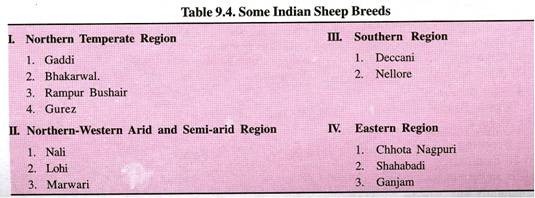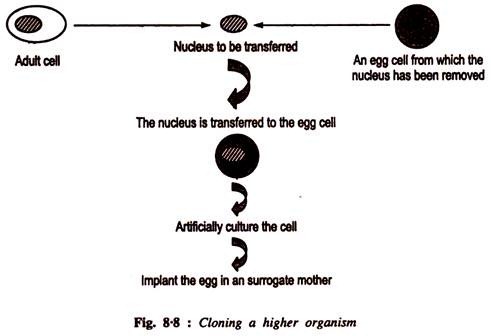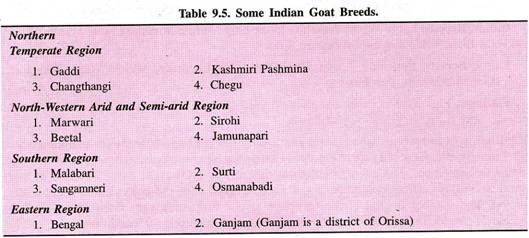ADVERTISEMENTS:
This article throws light upon the seven different types of modifications of hyphae mycelium with their diagrams. The types are: 1. Plectenchyma 2. Rhizomorph 3. Sclerotium (PI. Sclerotia) 4. Stromata 5. Pseudosclerotium (pi. pseudosclerotia) 6. Appressorium (pl. Appressoria) 7. Haustorium (pl. Haustoria).
Type # 1. Plectenchyma (Fig. 1.12):
A false tissue formed by aggregation of hyphae is known as Plectenchyma. All fungal tissues come under this general term.
ADVERTISEMENTS:
Plectenchyma is of two types:
(a) Prosenchyma (B):
It is rather a loosely woven tissue of hyphae. The hyphae- composing it do not lose their identity. They run more or less parallel to one another and are composed of elongated cells.
(b) Pseudoparenchyma (A):
In the fructifications of higher fungi, the hyphae become woven and intertwined into a compact mass.
The walls of the hyphae in the mass get fused and they lose their individuality. As a result, the hyphal mass appears to be continuous structure consisting of isodiametric or oval cells (A). It bears a striking superficial resemblance to the parenchyma tissue of the higher plants and is called pseudoparenchyma.
Type # 2. Rhizomorph (Fig. 1.14 A, B):
A thick strand or root like aggregation of somatic hyphae is called Rhizomorph. The hyphae loose their identity and individuality and the whole mass behaves as an organised unit. It is believed that rhizomorph has a higher infection capacity than individual hyphae Examples of Rhizomorphs are found in Armillariella mellea.
Type # 3. Sclerotium (pl. Sclerotia):
A sclerotium is a compact globose or elongated structure formed by the aggregation and adhesion of hyphae. It may survive for long periods of time sometimes for several years and thus represent the resting stage of the fungus. The sclerotia usually germinate to form hyphae or may form reproductive structures. Sclerotia are commonly formed in Claviceps purpurea, Rhizoctonia solani and Macrophomina phaseoli (Fig. 1.14 C).
ADVERTISEMENTS:
Type # 4. Stromata:
Any fungal tissue that forms reproductive structures are called Stromata. These are compact somatic structures like mattresses. Generally, sclerotia on germination form stromata in which reproductive structures develop.
Type # 5. Pseudosclerotium (pi. pseudosclerotia):
These sclerotia like bodies are formed at the base of various fruit bodies of higher fungi. In Polyporus basilapiloides, the pseudosclerotia formed below the soil surface are composed of sand particles surrounded by hyphal aggregations.
Type # 6. Appressorium (pl. Appressoria):
ADVERTISEMENTS:
These are common in parasitic fungi mostly ectoparasites. An appressorium is a terminal simple or lobed swollen structure of germtubes or infection hyphae. It adheres to the surface of the host and helps in the penetration of hyphae of the pathogen. Appressoria are commonly formed by the parasitic members of the order Erysiphales (Fig. 1.14 D).
Type # 7. Haustorium (pl. Haustoria):
ADVERTISEMENTS:
These are mostly produced as intracellular absorbing structures of obligate parasites. Haustoria are usually produced in those fungi in which intercellular mycelium are found. They vary in shape and may be knob shaped or branched finger shaped.
They secrete certain specific enzymes which hydrolyse the proteins and carbohydrates of the host cell and thus they absorb nutrients from the host without killing it. Haustoria also provide a greater surface area for the exchange of materials (Fig. 1.14 E). Details of the structure of haustorium are being described elsewhere.





